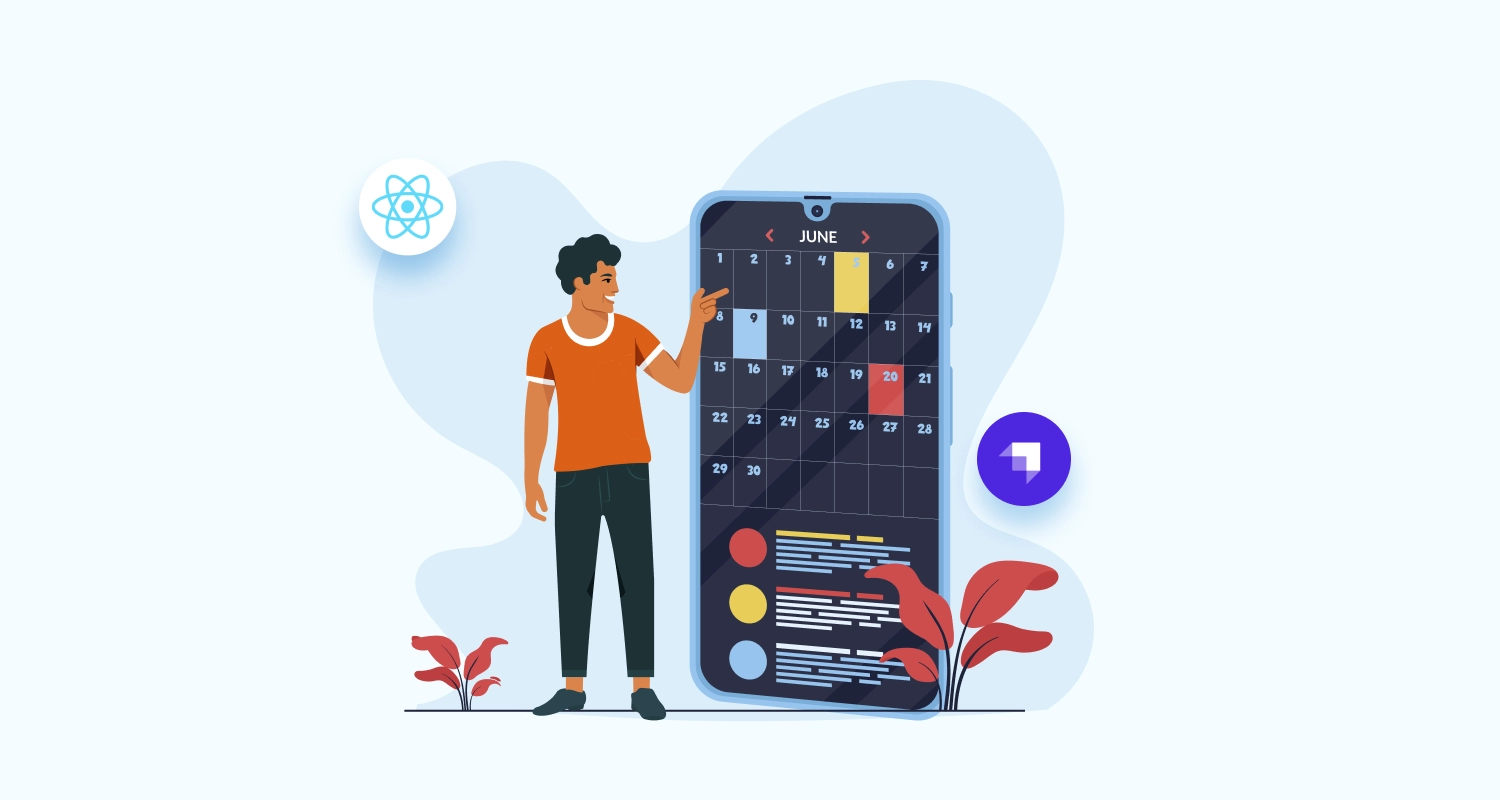In today’s digital age, having a website is crucial for any fashion business looking to establish a strong online presence. A well-designed fashion website not only showcases the brand’s identity and products but also creates a positive user experience for customers. In this article, we’ll guide you through the process of how to create a fashion website design that will effectively engage your target audience and ultimately increase conversions. From understanding your target audience to testing your website before launch, we’ll cover everything you need to know to create a successful fashion website.
Understand Your Target Audience
The first step to creating a successful fashion website is to understand your target audience. Knowing your audience’s preferences, interests, and behavior will help you design a website that resonates with them. Here’s how you can identify and analyze your target audience:
- Identify your target audience: Determine the age range, gender, location, and interests of your target audience. For example, if you’re selling luxury handbags, your target audience might be affluent women in their thirties or forties who enjoy fashion and luxury items.
- Analyze their preferences and interests: Conduct market research and analyze your competitors to understand what your target audience is looking for. Consider their favorite brands, styles, and trends, and incorporate them into your website design.
- Create buyer personas: Create detailed buyer personas that represent your ideal customers. These personas should include demographic information, interests, pain points, and buying habits. Use these personas to guide your responsive website design decisions.
Plan Your Website Structure
The next step in creating a successful fashion website design is to plan the website structure. Defining the website goals, determining the structure and pages, and designing a website flowchart will help ensure that your website is organized, intuitive, and easy to navigate. Here are the key steps to planning your website structure:
- Define your website goals and objectives: Determine the primary goal of your website. Is it to sell products, showcase your brand identity, or both? Once you have a clear goal in mind, you can design your website accordingly.
- Determine the website structure and pages: Determine the key pages your website will need, such as the home page, product pages, about us, contact us, and blog. Consider using a website builder or CMS to help organize your pages and content.
- Design a website flowchart: Map out your website structure in a flowchart that outlines how users will navigate through your website. Ensure that your website flow is logical and intuitive, and leads visitors toward your primary goal.
Choose Your Design Elements
The design elements of your fashion website play a crucial role in creating a visually appealing and engaging user experience. Here are the key design elements to consider:
- Select a color Scheme: Choose a color palette that reflects your brand identity and creates a cohesive visual experience throughout your website. Consider using color psychology to evoke emotions and create a mood that aligns with your brand.
- Choose typography: Choose typography that is easy to read and reflects your brand’s tone and personality. Consider using different font styles for headings and body text to create visual interest.
- Design a logo: Your logo is the face of your brand and should be prominently displayed on your website. Ensure that your logo is clear, simple, and memorable.
- Select images and graphics: Use high-quality images and graphics that reflect your brand and resonate with your target audience. Consider using lifestyle images, product shots, and videos to showcase your products and create a dynamic visual experience.
Develop the User Interface
Developing a great user interface (UI) is crucial in creating a positive user experience for your fashion website. If you’re not confident in your ability to create a UI that meets your user’s needs, you may want to consider using UI/UX Design services. A well-designed UI should be intuitive, easy to navigate, and visually appealing. Here are the key steps to developing a user interface for your fashion website:
- Create a wireframe: A wireframe is a basic layout of your website that outlines the structure and functionality of each page. Use a wireframe to determine the placement of elements such as images, text, and buttons.
- Design the user interface: Use your wireframe as a guide to design the user interface. Ensure that the design is consistent with your brand identity, easy to navigate, and visually appealing.
- Use white space effectively: White space, or negative space, is the empty space between design elements. Effective use of white space can create a clean and elegant design that’s easy to navigate.
- Ensure the website is mobile responsive: With the majority of web traffic coming from mobile devices, it’s essential to ensure your website is mobile responsive. This means that your website should adapt to different screen sizes and be easy to use on mobile devices, which an appropriate mobile app design services provider can help you with.
Focus on User Experience
The user experience (UX) of your fashion website is crucial to ensuring that visitors have a positive experience with your brand. A well-designed UX will help visitors easily find what they’re looking for, make purchases, and become loyal customers. Here are some key steps to focus on user experience:
- Optimize website speed: Ensure that your website loads quickly, as slow-loading websites can lead to high bounce rates and lost customers. Use a website optimization tool to identify areas for improvement.
- Simplify navigation: Simplify navigation by using clear labels and easy-to-use menus. This will help visitors quickly find the information they’re looking for and move around your website with ease.
- Create engaging product descriptions: Use engaging and informative product descriptions to help visitors make informed purchase decisions. Consider including details such as materials, care instructions, and sizing information.
- Provide customer support: Ensure that visitors have access to customer support options, such as a live chat, email, or phone number. This will help address any questions or concerns visitors may have, leading to increased customer satisfaction.
You may like this: How Minimalist Web Design Can Enhance Customer Experience?
Implement Website Content
The content of your fashion website design plays a crucial role in engaging and informing visitors about your brand, products, and services. Here are the key steps to implement website content:
- Create a content plan: Develop a content plan that outlines the key messages and information you want to convey on your website. Consider the needs and interests of your target audience when developing your content plan.
- Write high-quality copy: Write high-quality copy that’s engaging, informative, and reflects your brand voice. Use attention-grabbing headlines, clear subheadings, and short paragraphs to make your content easy to read.
- Use product photography: Use high-quality product photography to showcase your products and create a visual experience for visitors. Consider using lifestyle images that show products in use to create a more relatable experience.
By implementing high-quality content, you can create a website that’s engaging, informative, and valuable for visitors, ultimately leading to increased engagement and conversions.

Finalize and Test Your Website
Finalizing and testing your fashion website is crucial to ensure that it’s functioning properly, is user-friendly, and provides a positive experience for visitors. Here are the key steps to finalize and test your website:
- Perform a usability test: Conduct a usability test to ensure that visitors can easily navigate your website and find the information they’re looking for. Consider using a testing tool that records user interactions and provides feedback.
- Check for broken links and errors: Ensure that all links and functionality on your website are working properly. Use a website testing tool to identify any broken links or errors that may be present.
- Optimize for search engines: Ensure that your website is optimized for search engines, such as Google, by including relevant keywords in your content, meta tags, and alt tags for images.
- Test website performance: Use a website performance testing tool to ensure that your website loads quickly and is optimized for all devices, including desktop, tablet, and mobile.
By finalizing and testing your website, you can ensure that it’s user-friendly, optimized for search engines, and provides a positive experience for visitors. This will help increase engagement, conversions, and customer loyalty.
Conclusion
Creating a fashion website that provides a positive user experience and engages visitors is essential for building a successful brand. By understanding your target audience, planning your website structure, choosing design elements, developing the user interface, focusing on user experience, implementing website content, and finalizing and testing your website, you can create a website that’s informative, engaging, and visually appealing. With a well-designed fashion website, you can increase engagement, conversions, and customer loyalty, ultimately leading to a successful and thriving brand.
Frequently Asked Questions
What Is Needed for a Fashion Website?
A fashion website needs clear branding, high-quality product photography, user-friendly navigation, responsive design, informative content, and e-commerce functionality to be successful.
How Much Does a Fashion Website Cost?
The cost of a fashion website can vary depending on factors such as design complexity, e-commerce functionality, and ongoing maintenance. A basic website can cost $5,000-$15,000 USD, while a more complex website can cost upwards of $20,000 or more.







